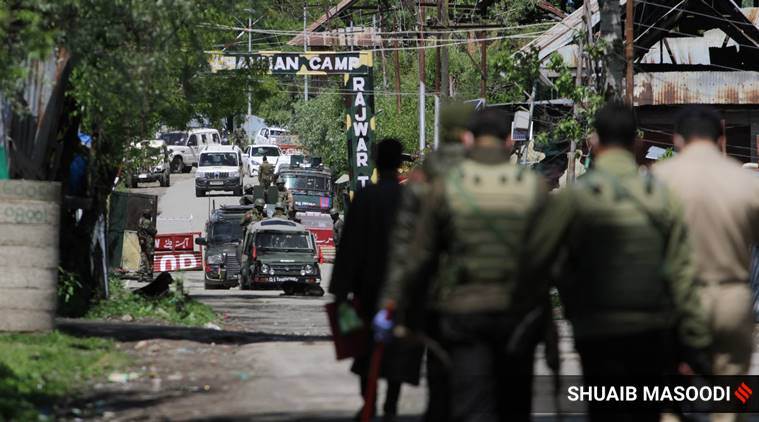
SOURCE: EXPRESS NEWS SERVICE
The freezing of fresh capital acquisitions by the defence forces, delays in procurement and induction of existing orders, and austerity measures in the administrative domain, were expected. It is easy to approach this problem tactically by issuing directives and guidelines and then seeking periodic feedback from the military on the progress made, targets met, shortfalls and remedial measures instituted. This would be a myopic approach and at best result in short-term, tenure-based outcomes.
Instead, this should be seen as an opportunity to evolve a transformational culture in the Indian military, based on clear political guidelines driven by existing and futuristic capabilities, expected strategic outcomes and anticipated strategic challenges.
A comparison between the approaches taken by India’s principal adversaries is instructive. Pakistan stagnates in an existential-threat-based and India-centric approach to national security. China’s expansive global strategy and unbridled capability-based development surge have overcome the dangers of direct competition with the US. It has closed the gap through an “indirect approach to international security”, which looks at building on strengths in areas such as cyberspace, non-contact warfare, economic and diplomatic coercion. Strategic guidelines for India’s security managers must shift from a threat-based methodology to a multi-disciplinary capability and outcome-based orientation to fit with the nation’s power aspirations.
There are five visible silos most critical to kick-start the transformation. The first is to accelerate the creation of indigenous defence capability. Doing this without brushing away the short and medium-term requirement of selective imports will be the key to a calibrated march to self-sufficiency. The next critical component is leadership. India’s military leadership is very hierarchical and sequential in its approach. However, this same leadership has superb operational skills and possesses a quick understanding of technology, tactics, techniques and procedures. Consequently, strategic leaders need to be identified and their transition towards becoming more than mere executors of operational plans and campaigns needs to be enabled. Multi-disciplinary thinking, lateral assimilation and a world-view are among the specific skill-sets that need to be nurtured.
Training and education form the next two silos in the process of transformation. Let us take the developed Western model for example. Several military officers at the colonel level — fresh out of war colleges and the university environment where they spend a year of education (not training) — are posted at the Pentagon and NATO HQ. Here, they work alongside civilians, politicians, lawmakers, not forgetting their own joint leadership. In such an environment, it is not difficult to mark, train and recognise talent in ways that go beyond the mere rank structure. It is high time India goes down that road because even though economic globalisation may be on hold for a while post COVID-19, there is going to be a flattening of the world from a security perspective. There will be common threats that would need to be fought jointly by nations. The three pre-requisites in these silos will be an amalgam of service-centric and joint operations expertise, operational acumen in a global environment, and broad-based education that develops intellectual capital.
Training in the Indian military is top-notch and needs a little tweaking to help officers and men understand the rules of engagement in a Volatile, Uncertain, Complex and Ambiguous (VUCA) world. It is diversified education at all levels of leadership that is a weak area.
Some have suggested radical ways of selecting future chiefs, suggesting a “deep selection” and a four-year tenure based on several criteria that have been highlighted in this article. They have also highlighted the accompanying risks of such a move. Keeping that as an aspirational long-term outcome may be a good idea as the processes needed to incorporate such a radical change are either nascent or absent from the current system.
Finally, the silo of jointness and integration without losing identities and compromising competencies is an outcome that needs to be chased down with focus and determination. There will be pain and turfs will be trampled on, but with transformed and intellectually empowered leadership, no bridge will too far to cross for the Indian military.
https://defencenewsofindia.com/covid-constraints-on-defence-expenditure-could-help-transform-military-culture/






